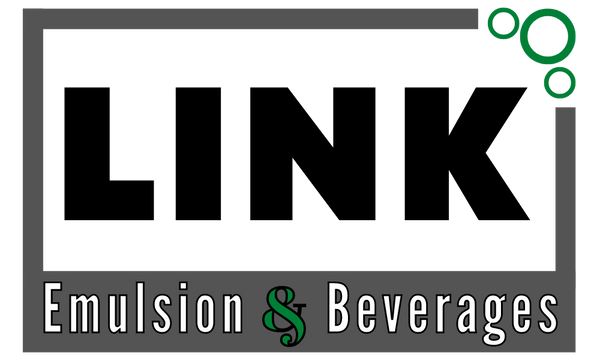Demystifying Nutritional Labels
Share
Demystifying Nutritional Labels: A Comprehensive Guide to Creating Accurate and Compliant Labels
Introduction: Nutritional labels play a crucial role in providing essential information about the content and composition of food products. They help consumers make informed choices based on their dietary needs and preferences. If you're a food manufacturer or a passionate chef looking to create your own products, understanding how to create a nutritional label is paramount. In this blog post, we will explore the process of creating a nutritional label using the nutritional information per ingredient added to your formula. While there are software programs available for this purpose, we'll also discuss alternative options such as hiring a consultant. However, it's important to note that government regulations surrounding nutritional labeling are subject to change, so it's essential to stay updated and ensure compliance.
-
Gathering Nutritional Information: The first step in creating a nutritional label is to gather accurate nutritional information for each ingredient used in your formula. This includes data such as calories, fat, carbohydrates, protein, vitamins, and minerals. Utilize reliable sources such as food databases, laboratory analysis, or supplier-provided information to obtain accurate values.
-
Calculating Total Nutritional Values: Once you have the nutritional information for each ingredient, calculate the total nutritional values for your product. This involves summing up the values of all the individual ingredients in the appropriate quantities used in your formula.
-
Determining Serving Size: Consider the appropriate serving size for your product. It should reflect a realistic portion that consumers would typically consume in one sitting. Ensure that the serving size is consistent with industry standards and consumer expectations.
-
Formatting the Label: Using specialized software programs, you can input the calculated nutritional values and generate a formatted label. These programs offer templates and customizable options to create a professional-looking label. However, keep in mind that some software programs can be costly, which might not be feasible for everyone.
-
Alternative Option: Hiring a Nutritional Labeling Consultant: If you find the process overwhelming or lack the necessary resources, hiring a nutritional labeling consultant can be a valuable investment. A consultant with expertise in regulatory compliance and nutrition can guide you through the process, ensuring accuracy and adherence to government regulations. They can also stay abreast of any regulatory changes, saving you time and effort in maintaining compliance. Click here for custom-created ingredient and nutritional information services from Link Emulsion and Beverages.
-
Staying Informed and Adapting to Changes: It's important to note that government regulations surrounding nutritional labeling can change over time. Stay informed about any updates or modifications in the regulations to ensure your labels remain compliant. This could involve regularly monitoring regulatory bodies' websites, attending industry conferences, or consulting with professionals in the field.
Conclusion: Creating a nutritional label for your food product is a critical step in providing transparency and essential information to consumers. By following the steps outlined above, including gathering accurate nutritional information per ingredient and utilizing software programs or hiring consultants, you can create accurate, compliant, and professional-looking labels. However, always remember to stay informed about government regulations, as they can evolve, ensuring that your labels remain up-to-date and compliant with the latest standards.
Need further help with your nutritional label? Consider our Nutritional Label Consulting option. Click here to learn more.
